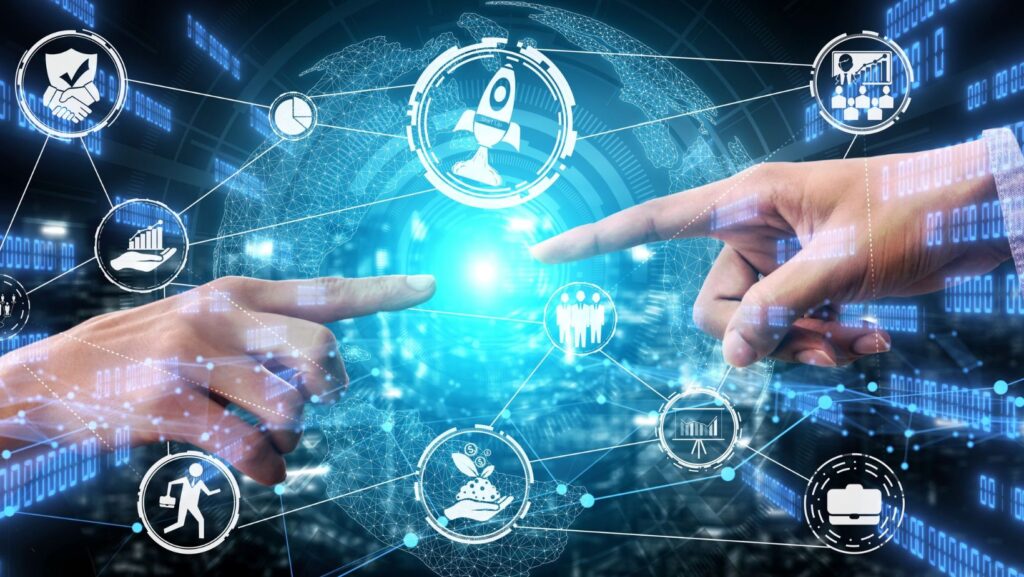
What if the key to solving water scarcity isn’t just using less water, but managing it more intelligently? Around the world, technology is reshaping how we store, distribute, and conserve this essential resource.
Smart sensors, predictive algorithms, and automated systems are transforming outdated infrastructure into responsive networks that can detect leaks, forecast shortages, and adapt to changing conditions in real time. The shift from traditional conservation to data-driven water management represents a major leap toward sustainability, one where every drop is measured, optimized, and protected for the future.
From “Use Less” to “Use Smarter” (The Evolution of Water Management)
For years, water conservation centered on cutting back, shorter showers, drought-resistant lawns, and low-flow fixtures. Those measures were valuable but limited because they relied on human behavior and offered little insight into where or how water was actually being wasted.
Today, the approach is shifting from simply “using less” to “using smarter”. Instead of waiting for leaks to show up on utility bills or lawns to dry out, advanced systems monitor water in real time, allowing users to react immediately and prevent loss before it happens.
This change represents a deeper cultural shift. Water management is no longer just about discipline, it’s about intelligence.
Cities, farms, and homes are beginning to function like living systems, ones that sense, adapt, and respond to their environment. This proactive mindset doesn’t replace conservation, it enhances it. By making data-driven decisions, communities can balance supply and demand more effectively and ensure every drop is put to good use.
The Game-Changing Technologies Behind Smart Water Systems
Smart Sensors That Never Stop Listening
Tiny, interconnected sensors are now the foundation of modern water management. Placed in pipelines, reservoirs, and irrigation systems, these devices monitor flow, pressure, and quality in real time. When irregularities occur, like a sudden drop in pressure signaling a leak, alerts are sent instantly to operators or automated systems.
This kind of visibility dramatically reduces waste and maintenance costs, while ensuring water quality remains safe. It’s a constant, data-driven feedback loop that replaces guesswork with precision, helping utilities and individuals make smarter choices every day.
AI That Predicts the Next Drought (or Leak)
Artificial intelligence takes the massive amounts of data collected by sensors and turns it into meaningful insights. By analyzing usage patterns, weather forecasts, and soil conditions, AI can predict when and where water will be needed most.
It can also identify problems long before they escalate, spotting small anomalies that signal an impending leak or contamination. This predictive capability means systems can shift from reacting to crises to preventing them altogether, saving both resources and time while improving reliability across entire networks.
Automation That Keeps Water Moving Efficiently
Automation brings the intelligence of AI and sensors to life by acting on the information instantly. Smart pumps and valves can adjust flow rates in response to demand or weather conditions, while automated irrigation systems water crops only when needed.
Even large-scale facilities use automated controls to balance water distribution without human intervention. This combination of responsiveness and consistency makes water management smoother, faster, and far less wasteful, allowing limited resources to stretch further without sacrificing performance or quality.
Blockchain: The New Way to Keep Water Use Transparent
Blockchain technology adds a new layer of trust and accountability to water management. By securely recording transactions and usage data in decentralized ledgers, it creates transparency in how water is allocated, traded, and consumed.
This helps prevent tampering, disputes, and inefficiencies that often plague large-scale distribution networks. Communities and governments can trace water flows from source to destination with complete accuracy, ensuring fair access and responsible management. It’s a digital safeguard that reinforces trust in systems designed to protect one of our most vital resources.
Where Smart Water Tech is Making the Biggest Impact
In cities, smart water infrastructure is helping utilities detect leaks and inefficiencies before they spiral into major issues. Sensors along pipelines alert engineers to pressure changes, and software models predict where repairs should be made first.
Durable components like wafer check valves also play a key role by maintaining consistent flow and preventing backflow in high-pressure pipelines. The result is faster maintenance, fewer service interruptions, and millions of gallons of water saved each year. Urban planners are also using connected systems to manage stormwater, prevent flooding, and make cities more resilient to extreme weather.
In agriculture, smart irrigation systems are revolutionizing how crops are watered. By combining soil moisture readings, weather forecasts, and data analytics, farmers can water only when and where it’s truly needed.
This targeted approach can reduce waste by nearly half while maintaining healthy yields. Industry is following suit, many manufacturers now recycle water within their own facilities, tracking purity and usage continuously. Even at home, smart meters and connected sprinklers help people understand their consumption patterns and cut waste without sacrificing comfort.
The Challenges We Still Need to Solve
Despite the progress, smart water systems come with challenges that shouldn’t be overlooked. The first is data privacy and security, as sensors and networks collect vast amounts of information, questions arise about who owns and manages that data.

Another issue is accessibility. Not all communities can afford the infrastructure or technical expertise required to adopt advanced systems, leaving some regions behind. There’s also a cultural barrier. Implementing new technologies often means rethinking long-established processes and convincing stakeholders to trust automated decision-making.
Cost remains a major factor. While smart technologies eventually pay for themselves through efficiency gains, the upfront investment can be daunting for smaller municipalities or farmers. Maintenance and cybersecurity are additional concerns, keeping these systems secure and functional requires ongoing oversight.
The challenge ahead isn’t just deploying the technology but ensuring it’s equitable, secure, and adaptable for everyone. Balancing innovation with fairness will determine whether smart water truly becomes a global solution.
Conclusion
The future of water management won’t be defined by scarcity, but by intelligence. As smart systems become more accessible and integrated, they promise to make our relationship with water more efficient, transparent, and resilient.
What once required guesswork is now guided by insight, helping cities prevent waste, farmers grow sustainably, and households reduce consumption without compromise. The challenge ahead isn’t adopting the technology, it’s ensuring that innovation serves everyone, securing a world where clean, reliable water flows not by chance, but by design.












